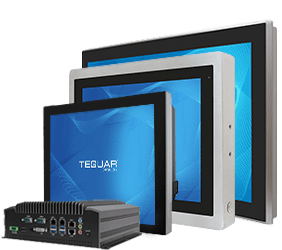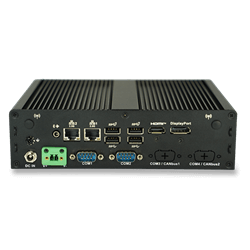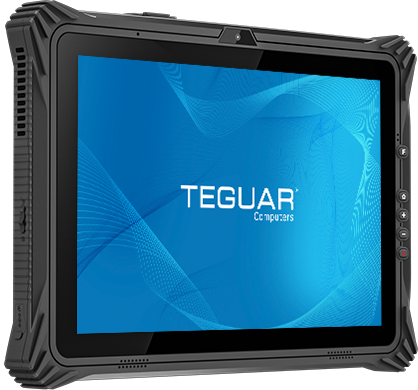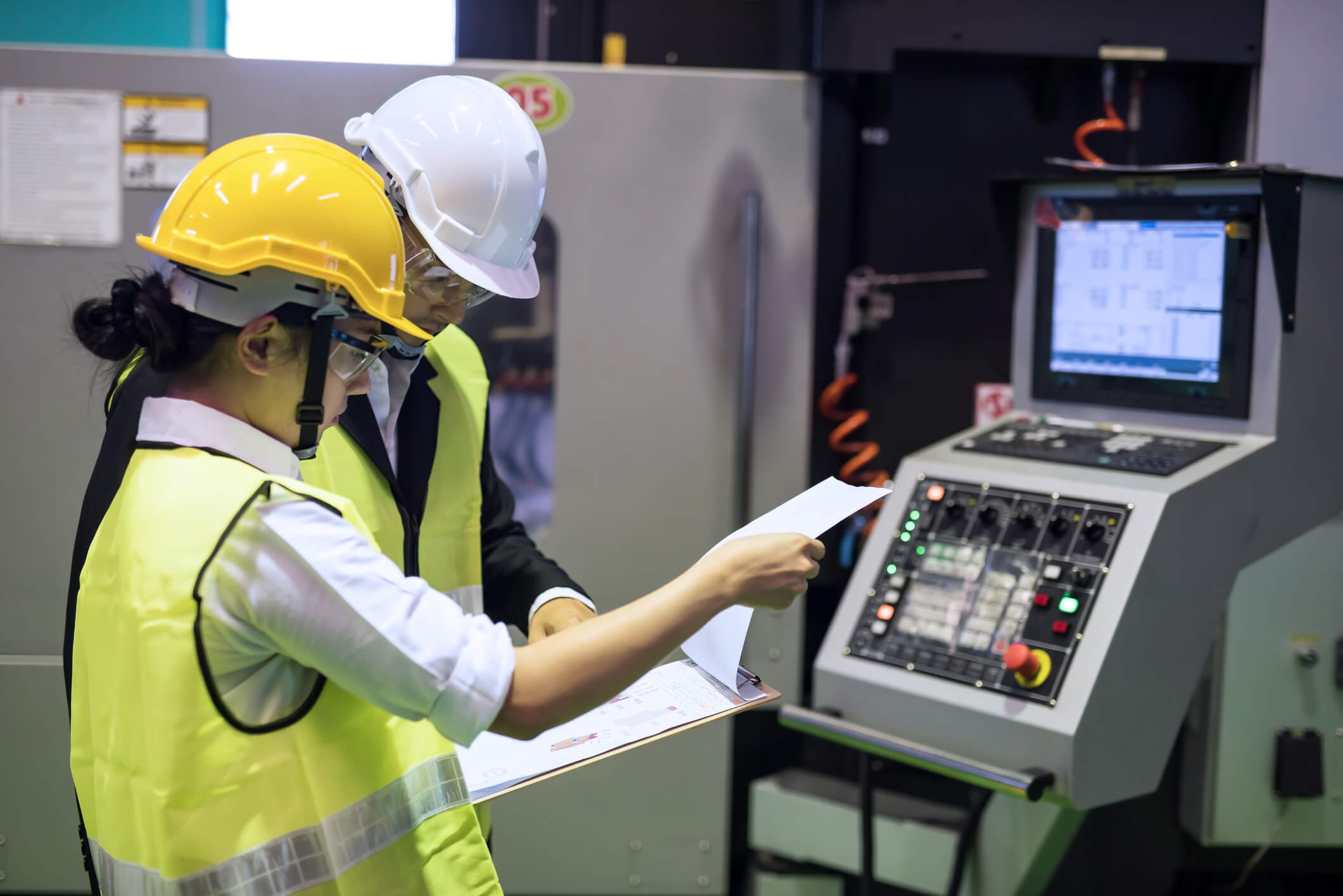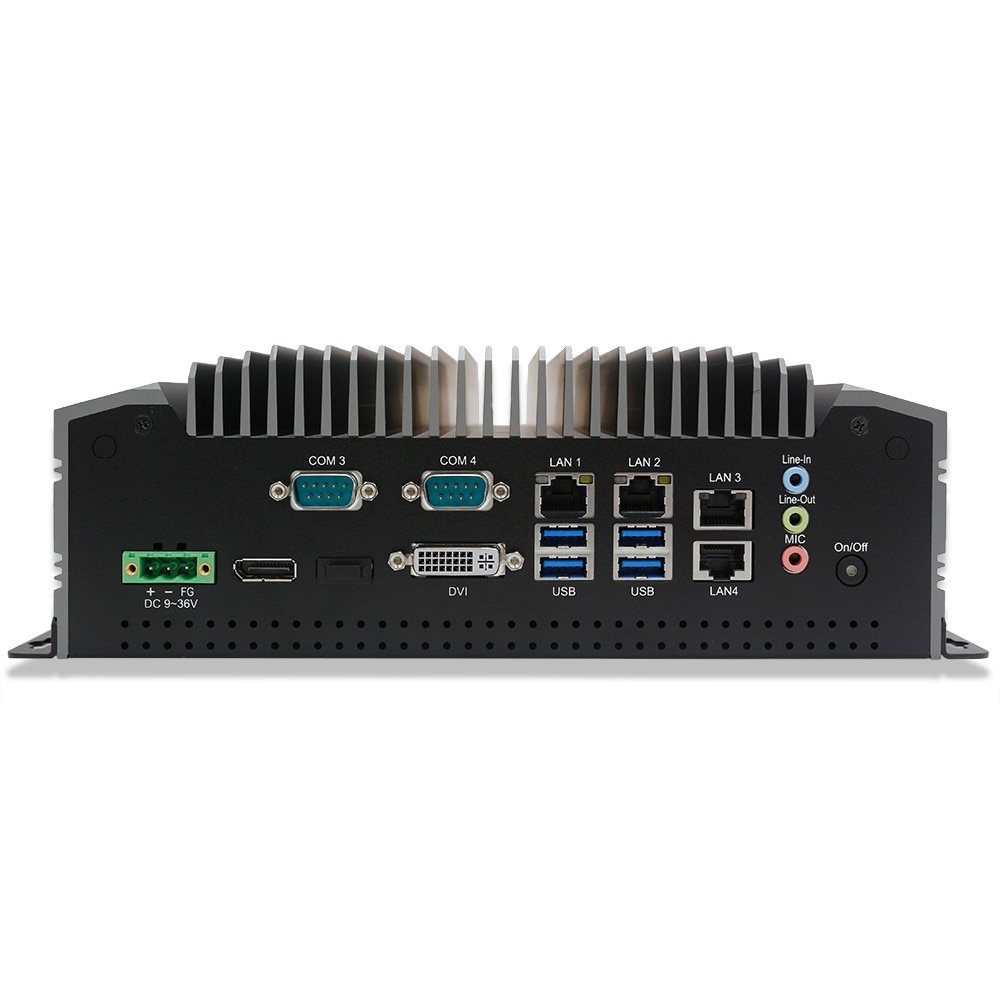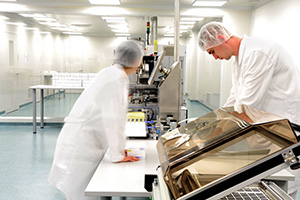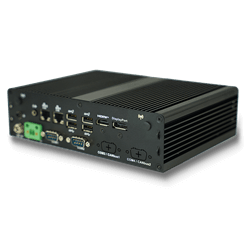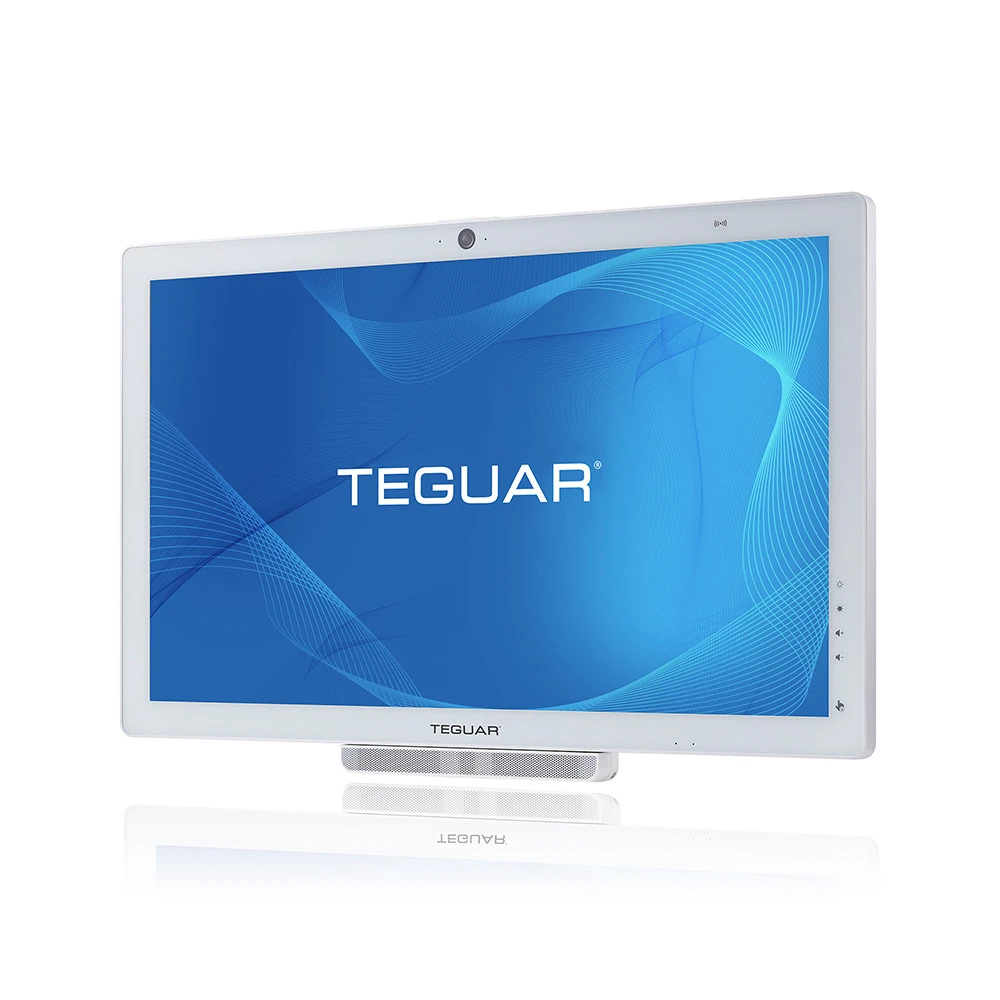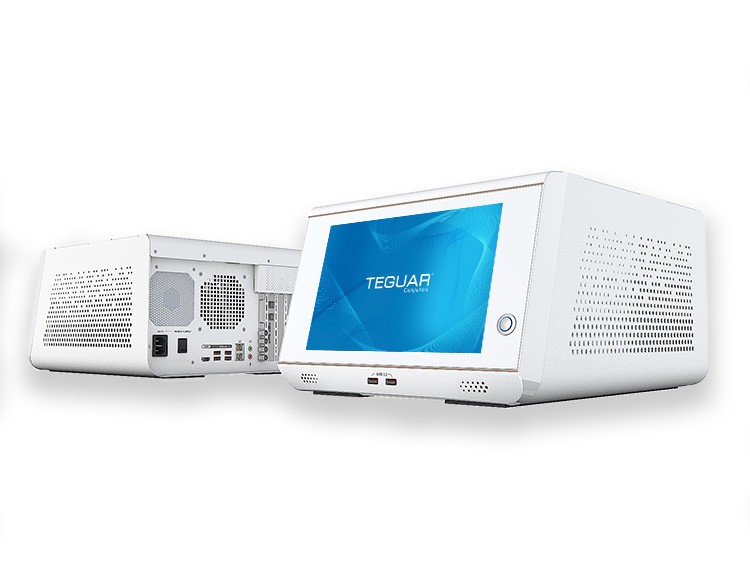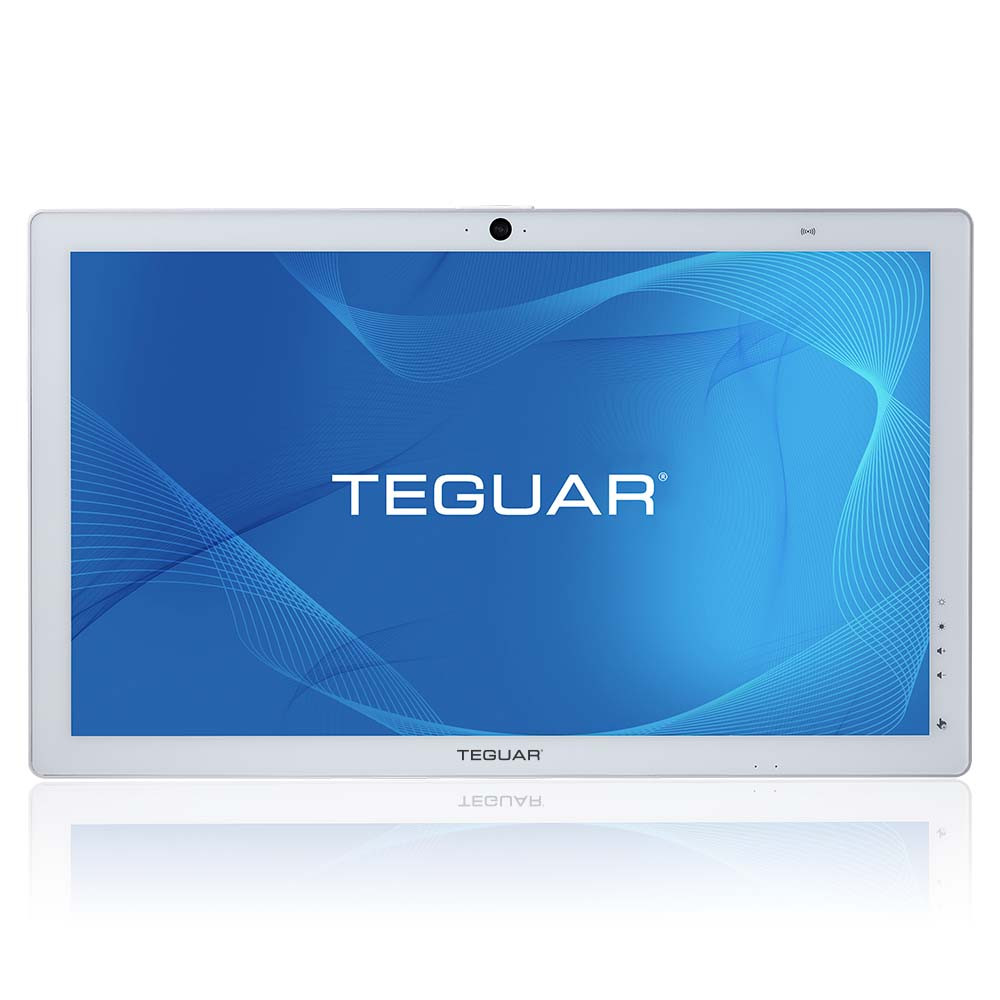Demand for Certified Medical Computers Grows as IT Buying Decisions Prove More Difficult
CHARLOTTE, NC – The 1980s have returned with the technology of the 2020s. There are economic crises looming, not to mention geophysical events such as unprecedented heat waves, floods, and fires. Add to this the COVID-19 pandemic and other health scares and humanity seems to be as fragile as ever. The good news, however, is that humanity also remains as resilient as ever. There are continually advances in the art of taking care of each other through the science of medical technology.
Teguar Computers has been one of the many unseen partners in health technology advances. In 2021, amidst an economic dip, Teguar saw a growth rate of 9.8% in their medical computer sales and is on track for a growth rate of 21% in 2022.
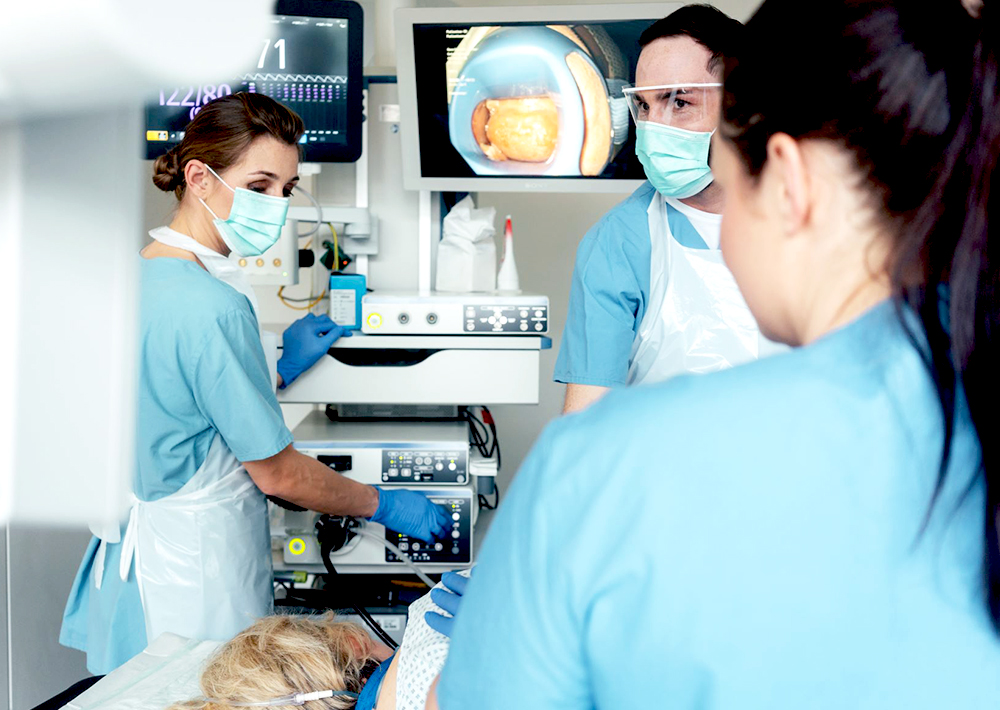
Medically Certified Computer Use with Medical OEM Equipment
Due to NDA’s and supplier/buyer privilege, Teguar is not at liberty to disclose details related to projects they have been a part of. What can be said is that these are meaningful projects where the medical OEM (original equipment manufacturer) is improving the quality of healthcare by bringing new medical diagnostic and treatment equipment to market. The increased usage of 3D imaging and AI in medical procedures has resulted in more demand for the highest performance products in Teguar’s medical computer offering. With Teguar medically certified computers involved in augmented reality (AR) surgeries, advanced machine vision, and visual diagnostic tools; a mass of exciting new technologies will be hitting the market in the coming months and years.
Teguar is seeing industry parallels described in an article published by Advamed and authored by Deloitte, which describes industry obstacles and advises medtech startups on success strategies. Some of the most common obstacles are low-income yielding products, too much time and capital needed to create the end product, and having clear pathways of pricing and reimbursement. The article goes on to recommend that there are clear strategic partnerships between all parties involved in medical device manufacturing and sales that balance risk and reward.
Medical OEM manufactures have more opportunities than ever.
Medical OEM manufacturers have more opportunities than ever, but still face incredible challenges. Clint Nichols, Teguar’s leading medical account representative, has described the purchasing cycle he walks through with them. “It can take 2-3 years or longer from the initial product inquiry call to the full-scale production of devices brought at scale to the market. In that time period, as few as 4-5 computers could be purchased as the customer works through testing, software finalization, and regulatory certifications.” Teguar walks through the process with customers so both parties are well prepared for the mass production goal.
The speed of technology and the speed of medical regulation are at odds with one another.
In the medical product development lifecycle, all parts of the end product have to be spec’d out precisely and remain consistent throughout as regulatory bodies must be able to certify the end product. This creates a challenge because the speed of technology and the speed of medical regulation are at odds with one another. A medical computer chosen for a project needs to get both a running start in technological advancement as well as remain stable for a long and happy product production roadmap.
“It can take 2-3 years or longer from the initial product inquiry call to the full-scale production of devices brought at scale to the market.”
Clint Nichols, Medical Account Representative, Teguar
In the middle of the development lifecycle, medical OEM developers need to walk through the dreaded “valley of death”. This is the part where Clint Nichols commented, “You work tirelessly with companies, and they can often go quiet as they understandably move through the long certification process.” The ratio of investment to reward is put to the test not only for the medical OEM developer but also for many companies, such as Teguar Computers, who contribute vital elements to the end product.
A July 2022 report by Gartner, found that the majority of B2B enterprise technology purchases come with a high degree of regret. 56% regret, to be exact. This is unfortunately more common than satisfaction due to significant frustration with the buying experience. One of the issues is that more than 67% of people involved in technology buying decisions are not in IT. Specifically, in the medical OEM community, often directives can come from those in charge of product marketing. While their input is essential, it can result in regret if not properly balanced with other inputs.
The evolution of project elements as they relate to time, cost, and brand/product fit all need to be considered.
A choice of the computing solution for a medical OEM device needs to include knowledge of all functional and technological requirements as well as knowledge of software platform and hardware platform speed and production cycles. In addition to basic product functionality, the evolution of project elements as they relate to time, cost, and brand/product fit all need to be considered. A common stakeholder mistake is to over-focus on one element rather than have an understanding of the end-product need matrix. They also need to be adept in the art of how to keep the elements of that product need matrix in balance.
Teguar has been through its fair share of medical OEM project deaths. This means long hours of project work that resulted in no revenue and a few tear-soaked bourbon sips. But as exhibited by the market growth, and with over twelve years of experience, Teguar has increasingly learned to help set its customers up to successfully pass through the “valley of product death.” As recommended by Gartner, this means making sure they are talking to the right stakeholders about the aspects of the project which influence the choice of product. Teguar works to vet out any “silent partners” so they don’t suddenly appear and derail a project. Incorporating both macro and micro stakeholder views will bring all product needs out in the open. Success is increased when project partners clearly articulate and stick with decisions regarding aesthetics, price, and software.
Risk is inherent in business, but it’s also a part of both innovation and opportunity. Companies such as Teguar Computers are often unseen partners for medical OEM developers in the launch of breakthrough products. Medical device OEM companies who rely on experienced vendors to help navigate many of the buyer journey landmines have positioned themselves for the best chance of success.
Resources
https://www.advamed.org/wp-content/uploads/2022/05/New-strategies-for-medtech-startups-041922.pdf
Previous Article
Waterproof Monitor and PC Types: Finding the Ideal Waterproof Monitor or PC to Fit Your Application

